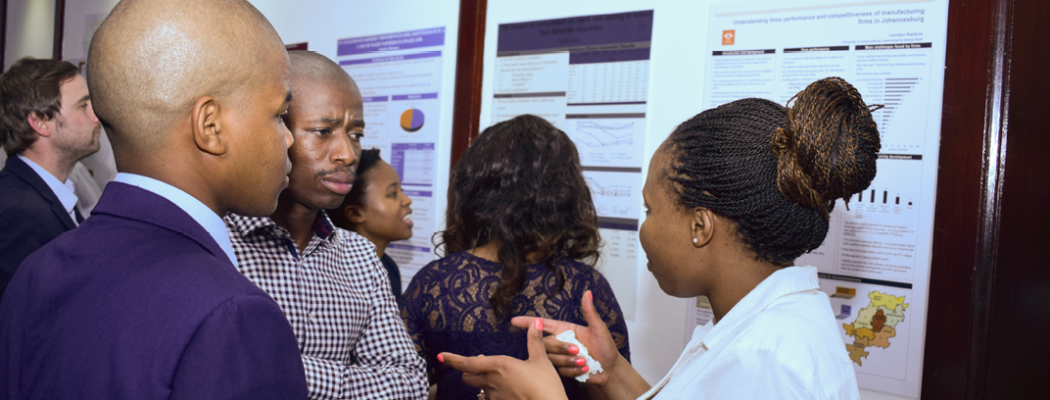Evaluating pension fund contribution reform in South Africa
- Pension fund contributions in South Africa are heavily concentrated among high-income earners, who contribute more in absolute terms.
- Transitioning from deductions to tax credits could enhance tax equity, especially for lower-income earners who currently benefit less from a tax deduction than they would from a tax credit.
- Such a transition could generate more tax revenue, depending on the rate at which pension contributions are converted to tax credits.
- When simulated, a 35% conversion rate is a progressive and revenue-neutral option that results in greater support for low-income earners and a modestly higher tax burden on higher incomes.
In South Africa, like in many countries, the tax system incentivizes pension fund contributions by treating them as tax deductions. This allows individuals to reduce their taxable income by the amount they contribute to their retirement savings. This tax expenditure favours higher-income earners who have higher marginal tax rates and who therefore save more on taxes than lower-income earners when making contributions.
Using the Personal Income Tax Microsimulation Model (PITMOD), researchers explored the potential impact of shifting from a tax deduction to a tax credit system. In a tax credit system, a percentage of pension contributions made during the tax year is deducted from taxes owed rather than taxable income. The percentage by which contributions are converted to tax credits is the conversion rate. For instance, a 26% conversion rate means that 26% of annual pension fund contributions are subtracted from tax owed, meaning they are given back as a tax credit. The conversion rate would be the same for all income groups. This reform aims to more equally distribute tax expenditures across income groups, raising benefits for lower-income earners and reducing them for higher-income earners compared to the current system of tax deductions. The majority of individuals making pension fund contributions in South Africa are in lower- and middle-income groups, rather than high-income groups, although their average contributions are much smaller in absolute terms.
Impacts on revenue and tax equity
The size of the conversion rate has significant implications for both revenue generation and equity. The study tested multiple conversion rates to assess their impact on government revenue and the distribution of the tax burden. A 35% conversion rate is revenue-neutral and would primarily benefit lower-income earners by providing more substantial tax relief, while higher-income earners would face increased tax liabilities. This redistribution would improve tax equity, ensuring that the tax system delivers greater benefits to those with less financial flexibility.
At a 26% conversion rate, the reform is estimated to generate an additional ZAR 22.7 billion in revenue—an increase in total revenues of about 4.2%—while a 31% rate could add approximately ZAR 9.5 billion. At these lower tax credit rates, the reform captures more tax revenue from higher-income earners and is a progressive option for increasing domestic revenues. The surplus could be allocated to social programmes, such as South Africa’s old age grant, or used to reduce national debt, offering more fiscal space for South Africa.The choice of conversion rates is important. Policymakers must balance the goal of improving equity with the need for fiscal sustainability, while also considering how the system incentivizes workers to save for retirement. A lower conversion rate increases revenues, but if the rate is too low, it might deter contributions to pension funds or lead to other unintended economic consequences.
Considering the behavioural response
Simulations using the PITMOD model do not consider different potential behavioural responses, such as the possibility that higher-income earners may adjust their income reporting or the size of their annual pension contributions in response to a reform instituting tax credits in place of deductions. High-income earners, who typically can afford to contribute more to their pensions may adjust their savings behaviour in response to the reform. In contrast, lower- and middle-income earners may be incentivized to increase their pension contributions. Due to the greater tax relief offered by a tax credit system, it is expected to benefit lower-income groups by offering a simplified and more equitable tax structure, potentially encouraging greater participation in retirement savings plans.
- Moving from a tax deduction to a tax credit system might improve the progressivity of South Africa's tax structure.
- Enhanced tax benefits for lower-income earners might encourage higher participation in retirement savings.
- Policymakers must carefully select a conversion rate to balance revenue generation with equity.
- This reform option offers the potential to raise additional tax revenue, which could be allocated to essential social programmes or used to reduce national debt.
Understanding these behavioural responses is important for policymakers. The reform’s success will depend not only on its design but also on how different income groups react. While the goal is to increase equity, the response of high-income earners could limit potential revenue gains. Careful monitoring would be needed to assess outcomes.South Africa’s consideration of pension fund reforms aligns with global efforts to improve tax equity and reduce income inequality.
By conducting an analysis of how a shift from a tax deduction to a tax credit model might impact revenue, tax equity, and economic equality, researchers should support the evidence base for government policies that provide more meaningful tax relief for lower-income earners, while ensuring that higher-income groups contribute a fairer share. The research findings highlight the potential for this reform to not only enhance equity, but also to increase overall tax revenue, depending on the chosen conversion rate and the behavioural response of taxpayers.

